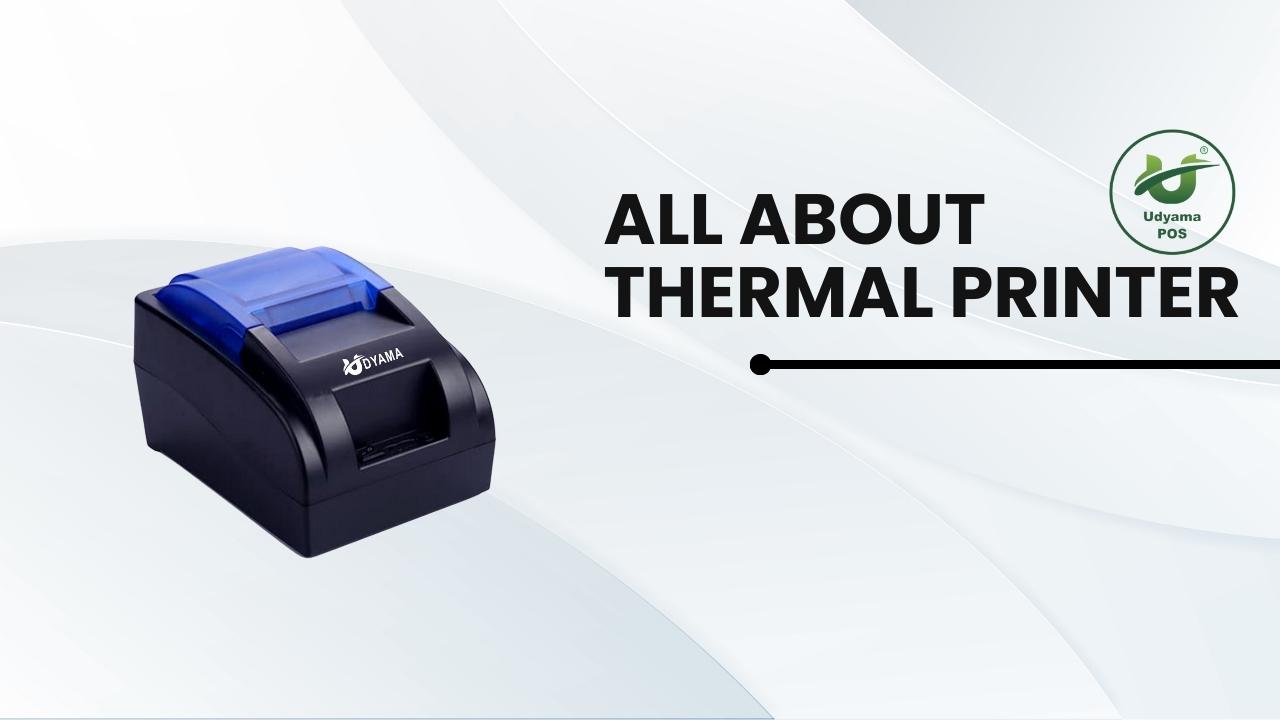All About Thermal Printer

A thermal printer is a type of printer that uses heat to produce printed images on paper or other media. It works by applying controlled heat to special thermal paper or label stock, causing the paper to darken in the areas where heat is applied. Thermal printers are commonly used in various industries for tasks like printing receipts, labels, tickets, and barcode labels. There are two main types of thermal printing technologies: direct thermal and thermal transfer.
Here’s an overview of both types of thermal printing:
-
Direct Thermal Printing:
- In direct thermal printing, heat is applied directly to the thermal paper to create an image.
- Direct thermal paper is chemically coated and sensitive to heat. When heat is applied, the chemicals react to produce an image without the need for ink or ribbons.
- This method is often used for printing receipts, shipping labels, and short-lived labels.
- It is generally more cost-effective as it eliminates the need for ink or toner. However, the prints can fade over time and when exposed to heat and light.
-
Thermal Transfer Printing:
- Thermal transfer printing involves the use of a ribbon that contains ink or wax-based material.
- The ribbon is heated by the print head, and the ink or wax is transferred onto the paper or label material to create an image.
- This method produces more durable and long-lasting prints compared to direct thermal printing. The images are resistant to fading, moisture, and heat.
- Thermal transfer printing is used for applications where durability is important, such as product labeling and barcode printing.
Key benefits of thermal printers include:
- Speed: Thermal printers are known for their fast printing speeds, making them suitable for high-volume printing environments.
- Ease of Use: They are generally easy to set up and maintain.
- Quiet Operation: Thermal printers are quieter compared to impact printers like dot matrix printers.
- Space-Efficient: They are often compact and take up less space compared to some other types of printers.
- Low Consumable Costs: Direct thermal printing doesn’t require ink or toner, reducing ongoing consumable costs.
Some considerations and points to keep in mind:
- Media Compatibility: Make sure the thermal printer you choose is compatible with the type of media (thermal paper, labels, etc.) you intend to use.
- Print Quality: Thermal printers can vary in print resolution and quality. Higher resolution models produce sharper images.
- Durability: If you need durable prints that can withstand environmental factors, thermal transfer printing might be a better choice.
- Maintenance: While generally low-maintenance, thermal print heads can wear out over time and may need replacement.
- Costs: While direct thermal printers have lower ongoing consumable costs, thermal transfer printers require replacement ribbons.
When choosing a thermal printer, consider your specific needs, including the types of printing tasks you’ll be performing and the durability requirements of the prints. It’s also a good idea to read reviews and compare different models to find the one that best fits your requirements.
